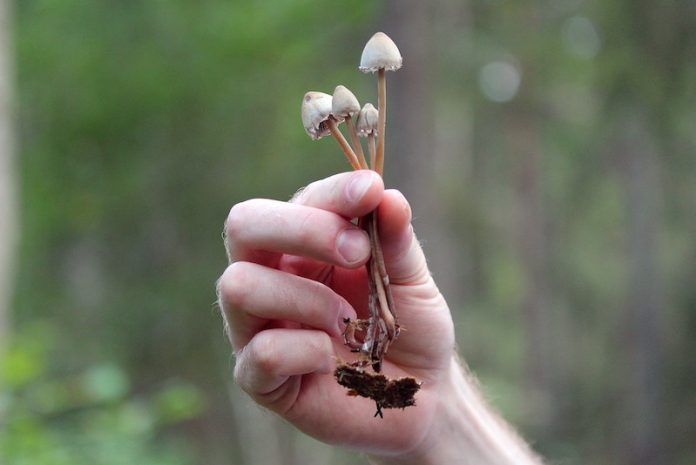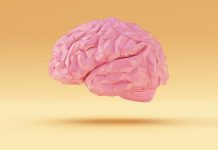
A recent study has explored the similarities and disparities between near-death experiences (NDEs) and the effects of a powerful psychedelic drug, 5-Methoxy-DMT (5MeO-DMT).
While both experiences share certain themes, such as transcending time and space or ego dissolution, only in NDEs were themes of life review, encountering deceased loved ones, and reaching a point of no return reported.
Pascal Michael and collaborators examined the resemblances and distinctions between a near-death experience during a coma and the influence of 5MeO-DMT.
Their research, titled “This is your brain on death: a comparative analysis of a near-death experience and subsequent 5-Methoxy-DMT experience,” published in the journal Frontiers in Psychology, draws upon a case study of a 54-year-old North American man.
This individual had a profound near-death experience while in a coma induced by bacterial meningoencephalitis and later experienced the effects of 5MeO-DMT.
Researchers from the University of Greenwich and Imperial College in the UK conducted a detailed interview with the participant, examining his experiences with both the NDE and the psychedelic substance.
They analyzed emergent themes from both states, with an emphasis on the individual’s own perceptions of the similarities and differences.
While a high level of comparability was observed between the NDE and the psychedelic experience, with recurring themes like the transcendence of time and space, ego dissolution, and cosmic love, specific themes unique to NDEs were also identified.
These unique themes included a life review, meetings with deceased individuals, and reaching a threshold of no return, elements not present during the psychedelic experience.
These findings mirror a similar study currently under review by the authors, comparing another psychedelic, NN-DMT, and the NDE.
Despite these similarities, the participant perceived the two experiences as entirely different, leading him to argue that his NDE should not be attributed to endogenous psychedelics.
Possible Mechanisms for NDEs
In the study, potential mechanisms to explain the NDE were discussed.
One speculative hypothesis suggested a correlation between the participant’s NDE and the unique way the bacterial meningoencephalitis affected his cortex, which may mimic the action of psychedelics.
In conclusion, while both NDEs and experiences with psychedelic substances like 5MeO-DMT share striking similarities, distinct differences also exist, shaping individual perceptions of these profound experiences.
More research is needed to further understand the complexities of these phenomena.
If you care about mental health, please read studies about 6 foods you can eat to improve mental health, and B vitamins could help prevent depression and anxiety.
For more information about mental health, please see recent studies about how dairy foods may influence depression risk, and results showing Omega-3 fats may help reduce depression.
The study was published in Frontiers in Psychology.
Follow us on Twitter for more articles about this topic.
Copyright © 2023 Knowridge Science Report. All rights reserved.



